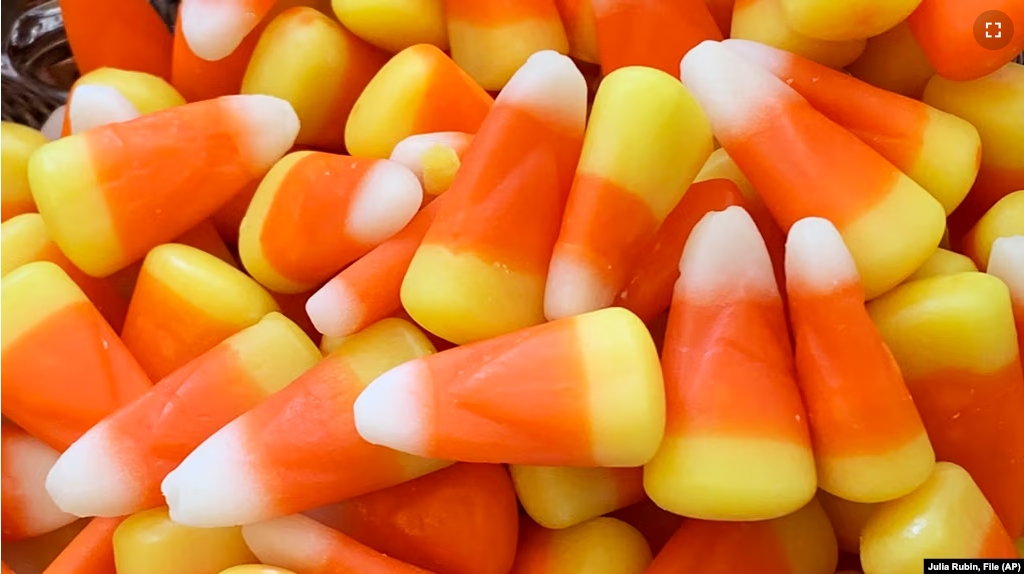The U.S. Food and Drug Administration (FDA) has banned a chemical widely used to color some food products red. The ban of the coloring chemical, called dye, came nearly 35 years after it was removed from skin products because of a possible cancer risk.
A group of food safety and health supporters issued a petition in 2022 seeking to have the FDA ban Red No. 3 in food.
The earlier ban was ordered in 1990, after two studies showed Red No. 3 caused cancer in male rats eating high levels of the chemical. At the time, however, the FDA only acted to ban the coloring mixture in products put on the skin or in drugs taken by mouth.
Health activists had long sought FDA approval to expand the ban to food products. In November, nearly two dozen members of Congress sent a letter demanding that FDA officials ban Red No. 3.
Some of the most common products containing Red No. 3 include sweets, icing, strawberry milk, maraschino cherries, strawberry protein drinks, as well as some gummy vitamins and medications.

The FDA said food manufacturers will have until January 2027 to remove the dye from their products.
Other countries still permit certain uses of the dye. But any imported products will still have to meet the new U.S. requirement. Red No. 3 is already banned for food use in Europe, Australia and New Zealand, except in certain kinds of cherries.
The dye will be banned in California starting in January 2027. And lawmakers in Tennessee, Arkansas and Indiana have also proposed limits on certain dyes, especially from foods offered in public schools.
Jim Jones is the FDA’s deputy commissioner for human foods. He noted that even though the agency had established the new ban, “the way that FD&C Red No. 3 causes cancer in male rats does not occur in humans.” FDA officials said the ban was enacted because of a U.S. rule called the Delaney Clause. This legal policy requires the FDA to ban any additive found to cause cancer in people or animals.
Dr. Peter Lurie is director of the consumer activist group the Center for Science in the Public Interest. He helped lead the latest effort to remove Red No. 3 from food products. Lurie told The Associated Press, “This is a welcome, but long overdue, action from the FDA.”
The International Association of Color Manufacturers has repeatedly said Red No. 3 is safe in levels usually taken in by humans. The group pointed to research carried out by scientific experts from the United Nations and the World Health Organization. One study, released in 2018, confirmed the safety of Red 3 in food.
Some food manufacturers have already changed their products to remove Red No. 3. One example is Sensient Food Colors, a St. Louis-based supplier of food colors and flavorings. In its place, the company uses beet juice, a dye made from insects and other coloring mixtures.
I’m Jill Robbins.
Jonel Aleccia reported this story for the Associated Press. Jill Robbins adapted it for Learning English.
______________________________________________________
Words in This Story
petition – n. an official request for someone in authority to do something
occur – v. to happen
consumer – n. a person who buys goods or services
overdue – adj. not appearing or presented by a stated, expected, or required time
